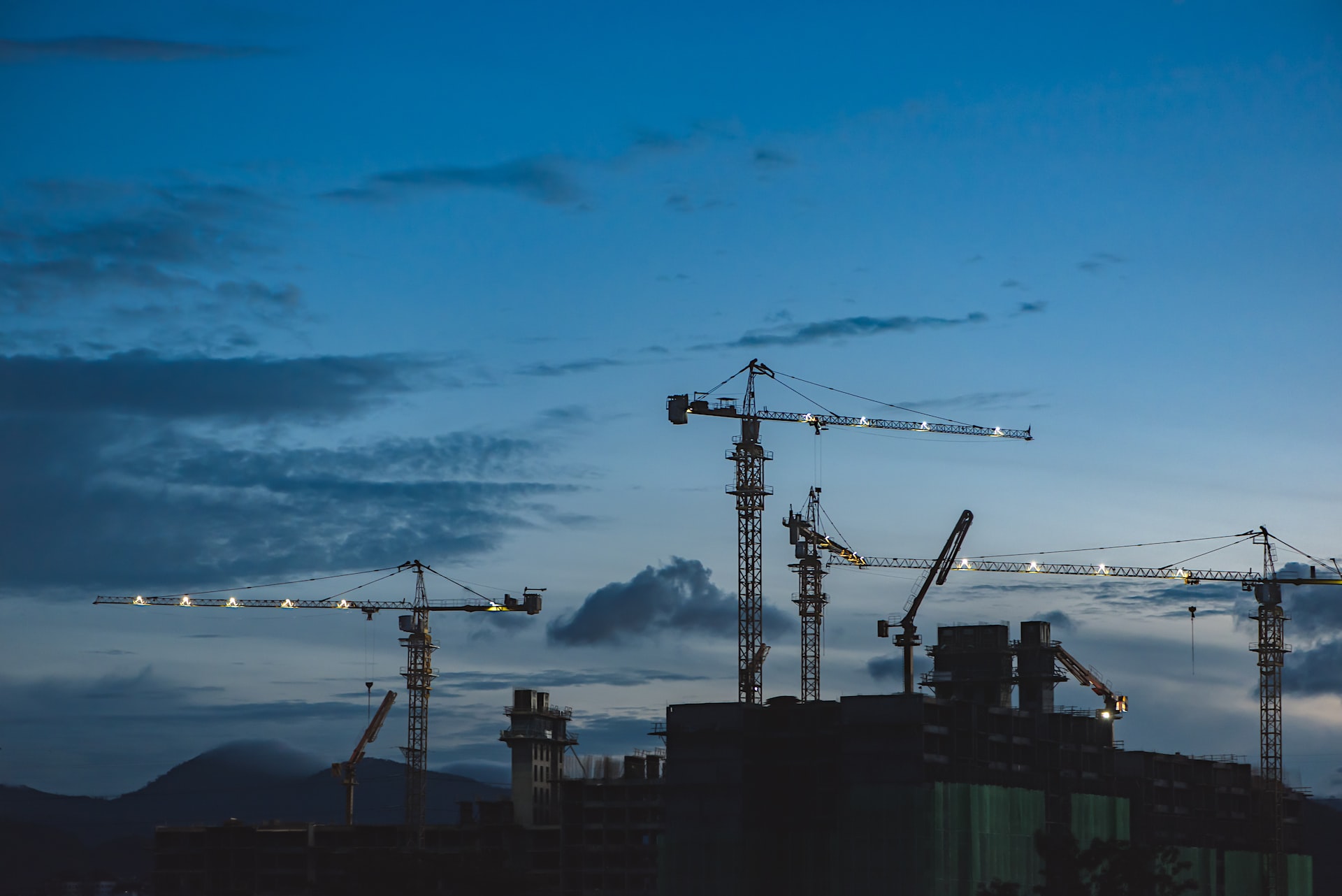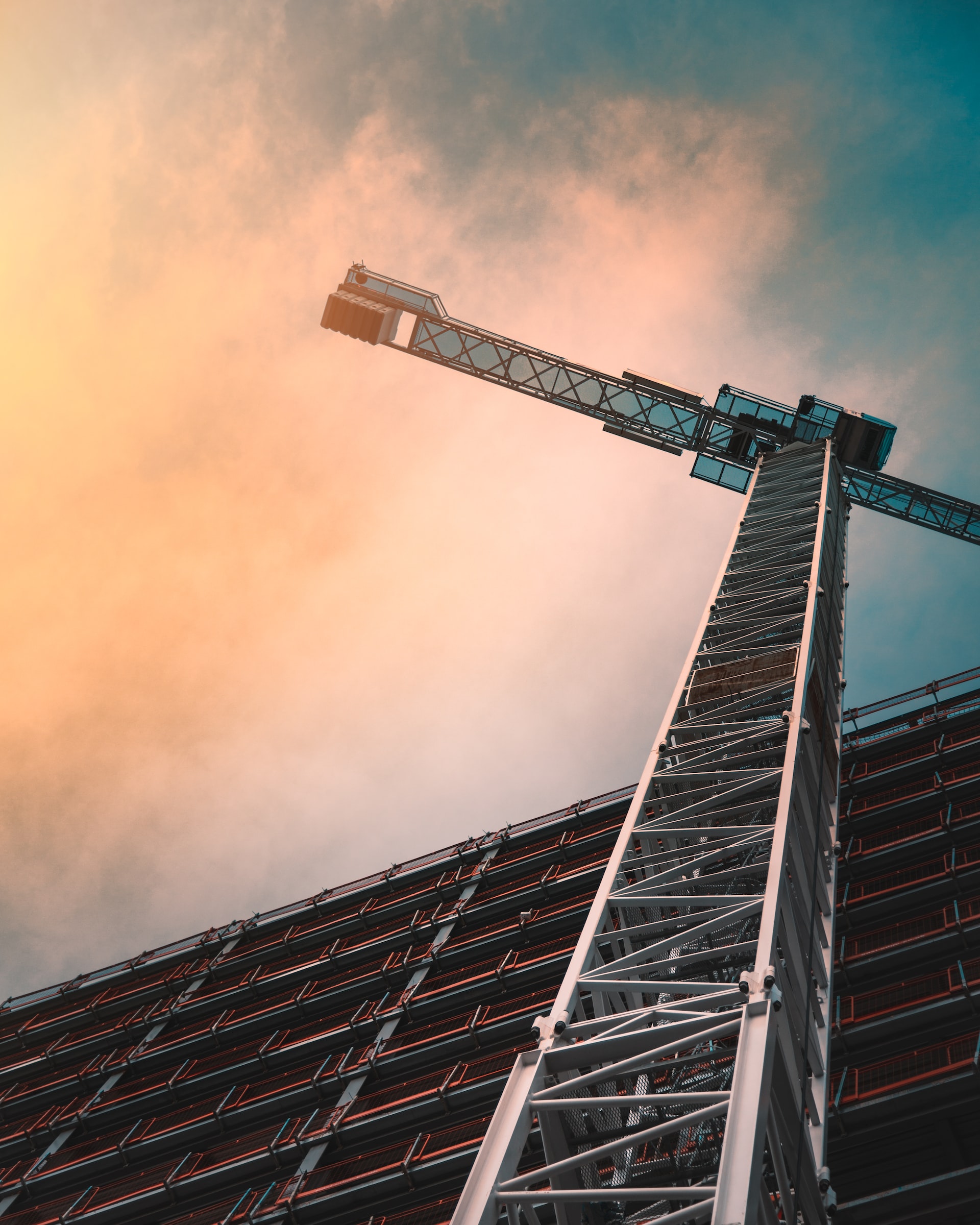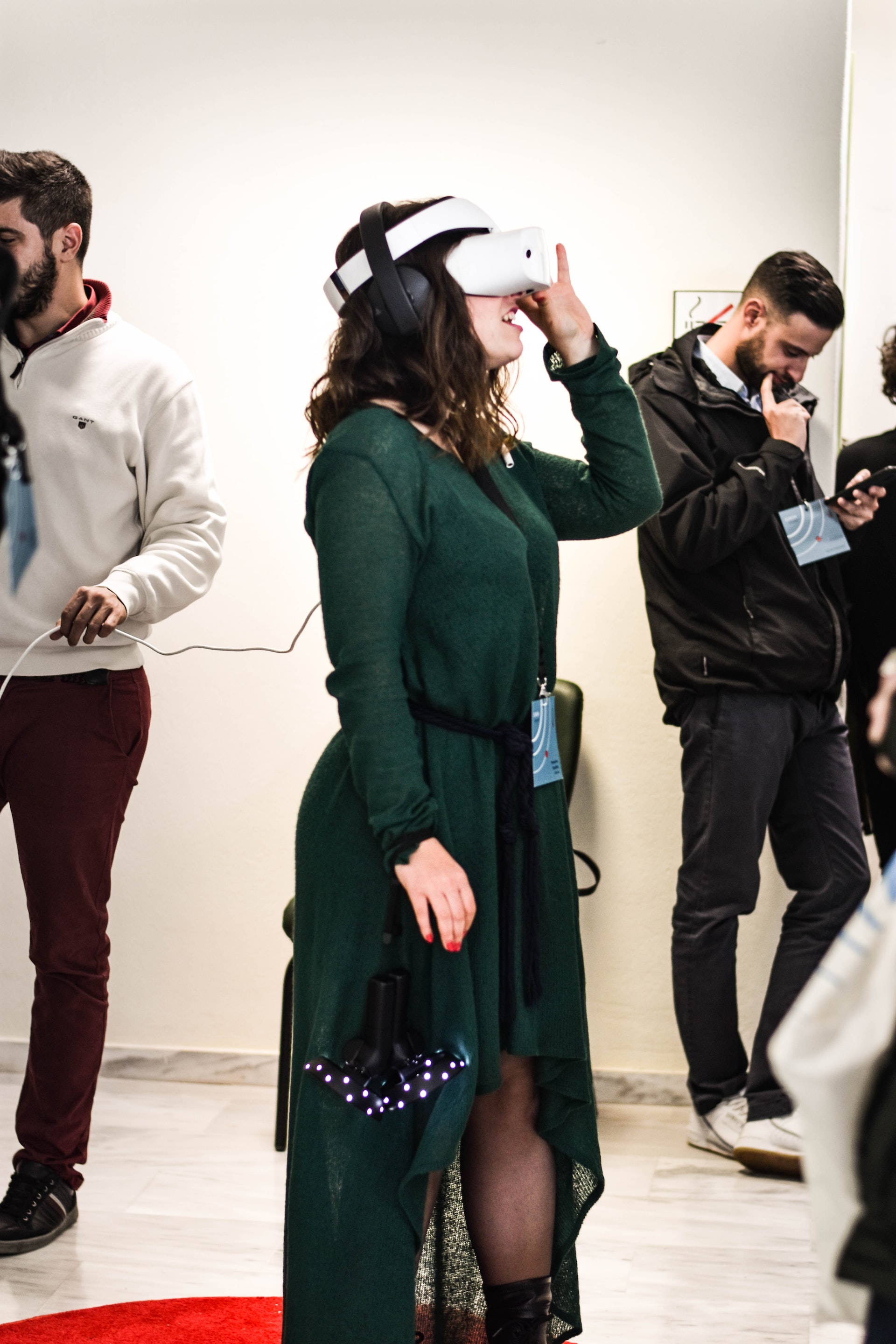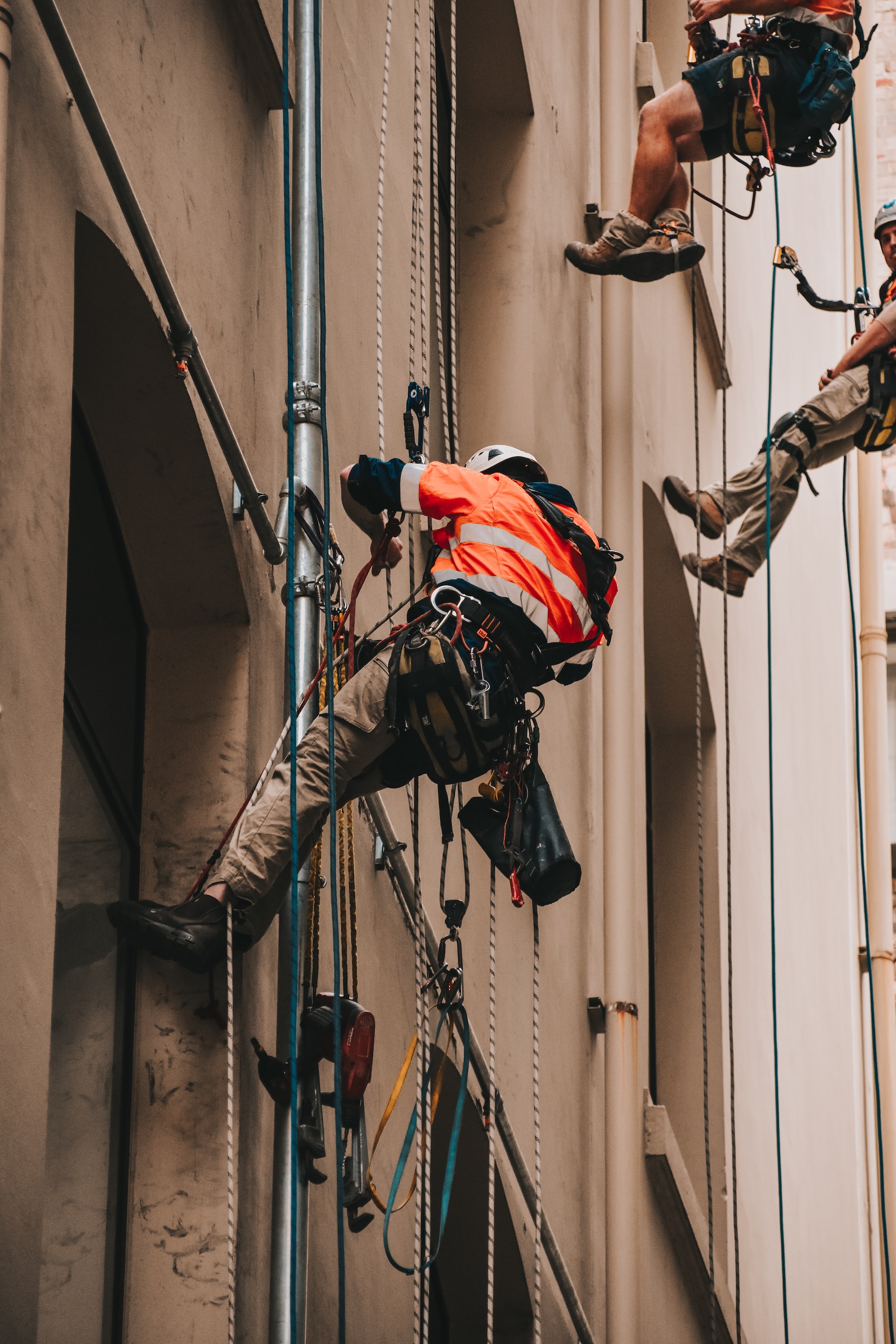Case Study Challenge
Objective
The construction industry faces challenges in visualizing complex construction plans, coordinating multiple stakeholders, and minimizing errors and rework. The construction company recognized the potential of augmented reality to address these challenges and embarked on developing an AR app to revolutionize their operations.

01
Solution
Objective
The construction company developed a customized augmented reality app that catered specifically to their needs, offering several key functionalities:
02
Project Visualization
Objective
The AR app allowed stakeholders to visualize construction plans in real-world environments. By overlaying virtual 3D models onto physical spaces, users could explore designs, assess spatial relationships, and gain a realistic understanding of the finished project. This improved communication and decision-making, reducing misunderstandings and design discrepancies.
03
On-Site Safety and Instructions
Objective
The AR app provided on-site safety instructions and real-time visual cues to workers. By utilizing AR markers placed on equipment or hazardous areas, workers could access safety guidelines, step-by-step instructions, and warnings directly through the app. This ensured compliance with safety protocols, reduced risks, and enhanced worker productivity.
04
Collaborative Design and Planning
Objective
The AR app facilitated collaboration among various stakeholders involved in the construction process. Through shared AR experiences, architects, engineers, and contractors could virtually overlay and discuss design changes, identify clashes, and make informed decisions in real-time. This streamlined coordination, reduced costly rework, and improved project efficiency.
05
Progress Monitoring and Quality Assurance
Objective
The AR app allowed for accurate progress monitoring and quality assurance. By capturing and comparing digital models with the physical construction site, stakeholders could assess the adherence to design specifications, identify deviations, and address issues promptly. This enhanced quality control and minimized errors, leading to cost savings and improved project outcomes.
Results
The augmented reality app implementation delivered significant benefits for the construction company:
● Improved project visualization and design understanding, leading to enhanced communication and reduced design discrepancies.
● Enhanced on-site safety and worker productivity through real-time instructions and visual cues.
● Streamlined collaboration and coordination among stakeholders, resulting in efficient decision-making and reduced rework.
● Accurate progress monitoring and quality assurance, minimizing errors and improving project outcomes.
● Enhanced client satisfaction through immersive and realistic project presentations.
Conclusion
By leveraging an augmented reality app, the construction company successfully transformed their operations, enhancing project visualization, collaboration, and construction processes. The app's functionalities, including project visualization, on-site safety instructions, collaborative design and planning, and progress monitoring, delivered tangible benefits, improving efficiency, reducing costs, and enhancing overall project outcomes. This case study highlights the potential of augmented reality in revolutionizing the construction industry and serves as an inspiration for construction companies seeking to embrace innovative technologies to drive digital transformation.






